There are several reasons why we should cherish wetlands. They’re biodiversity hotspots that nurture plant, bird, crustacean and insect species. These ecosystems act as natural filters that remove contaminants from wastewater. By absorbing excess water, they also mitigate flooding. And by storing carbon in soil, they keep carbon dioxide out of the atmosphere.
According to the “Ramsar Citizen” Web site maintained by the Ministry of the Interior’s Construction and Planning Agency (CPAMI), Taiwan has 66 wetlands of importance. However, another CPAMI Web page categorizes 75 wetlands covering 44,378 hectares (1.22 percent of the country’s total land area) as important. This article looks at three wetlands. The first two are listed on both Web pages; the third is on the list of 66, but doesn’t appear on the longer list.
“Ramsar” is a reference to the Convention on Wetlands of International Importance Especially as Waterfowl Habitat that was signed in Ramsar, Iran in 1971. Because of its diplomatic isolation, Taiwan isn’t a contracting party to the convention.
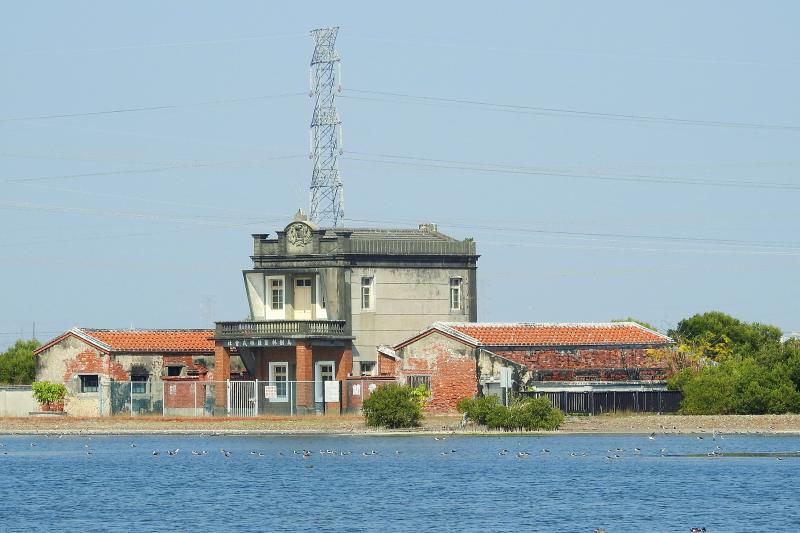
Photo: Steven Crook
This is a good time of year to visit wetlands. It’s not yet sweltering, and you won’t encounter crowds of birdwatchers. On weekends during the cooler months, blinds at better-known wetlands are often crowded. Now that many of the more interesting migrant waterbirds have left, these places aren’t attracting so many human visitors. You should be able to enjoy them without breaching any COVID-19 social-distancing protocols.
AOGU WETLANDS FOREST PARK
Occupying the northwestern corner of Chiayi County’s Dongshi Township (東石), the 1,465-hectare Aogu Wetlands Forest Park (鰲鼓溼地森林園區) has been the site of human ambition, mismanagement and stewardship.
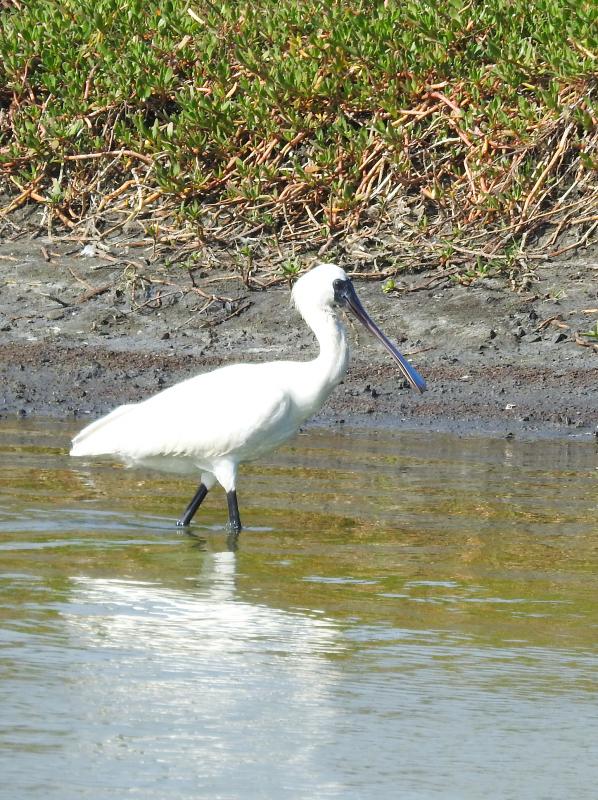
Photo: Steven Crook
In the 1950s and 1960s, Taiwan Sugar Corp (台糖) reclaimed an expanse of marsh and tried to turn it into productive farmland. Subsidence and seawater contamination put paid to that plan. The brackish pools which formed were useless for growing crops, but ideal for various bird species. At minimum, you’ll see various egrets, ducks and herons.
As part of the “i-Taiwan 12 Projects” initiated by Ma Ying-jeou’s (馬英九) administration, it was decided in 2009 to afforest much of the Aogu peninsula. If many of the trees here aren’t especially attractive, it’s because those species were selected because they can withstand strong winds, are salt-tolerant or can thrive in sandy soils.
Driving or riding a two-wheeler along the ring road is the best way to appreciate the scale of the park. Expect to cover the better part of 20km once you’re on the seaward side of Expressway 61, a little more if you detour to spots like the Seaview Pavilion (觀海樓), where there’s an information center and a blackboard showing recent daily totals of certain bird species, among them the Black-faced spoonbill.
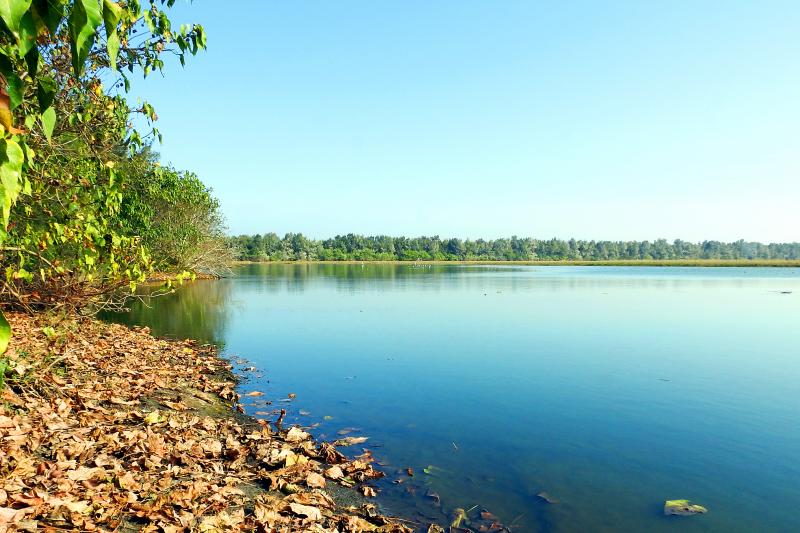
Photo: Steven Crook
Directions
If you’re determined to use public transportation, take bus #7225 (seven services per day) from Puzih (朴子) to the final stop. If you don’t want to hike all the way around the levee but hope to see some birds, walk to the southwestern part of the peninsula. It’ll take at least an hour.
YONGAN WETLAND
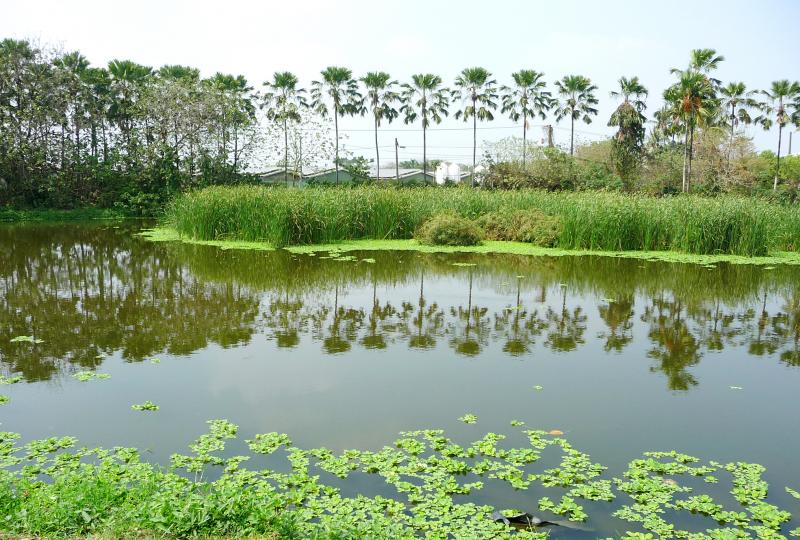
Photo: Steven Crook
Just as the history of Aogu is connected to sugar, that of Yongan Wetland (永安濕地) is linked to the now-defunct salt industry.
Large-scale salt production commenced here in 1908. A decade later, the site was purchased by Kaohsiung-based tycoon Chen Chung-ho (陳中和, 1853-1930), who commissioned a new office building for his firm, Wushulin Salt Manufacturing Co (烏樹林製鹽株式會社).
The two-floor Baroque-style brick structure, on the northeastern edge of the wetland, suffered some deterioration after salt-making operations were wound up in 1984. Not long ago it was comprehensively renovated, but currently there’s no way to get close to, let alone inside, this appealing historic building
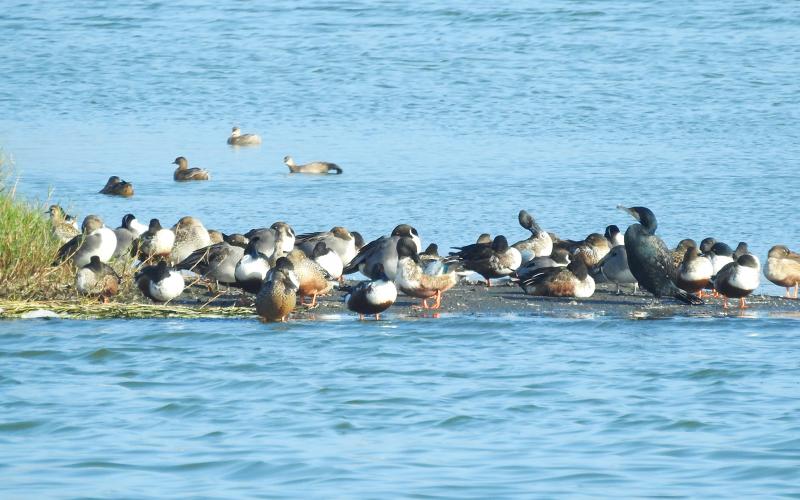
Photo: Steven Crook
The wetland, which covers 131 hectares, has been designated one of Taiwan’s 55 Important Bird Areas (sites deemed to be of “true significance for the international conservation of bird populations”) by BirdLife International. However, not every bird species commonly seen at Yongan belongs here.
Like several other sites along the west coast, Yongan is home to a thriving, year-round population of African sacred ibises. This species entered the wild by accident, after a typhoon wrecked an aviary in Hsinchu in 1985. The birds adapted to Taiwan’s climate easily, and have multiplied.
Like many invasive species, these birds compete for space and food with native creatures. The ibises have no natural predators in Taiwan, and by some estimates there are now more than 5,000 of them — so many that the authorities are planning to cull them.
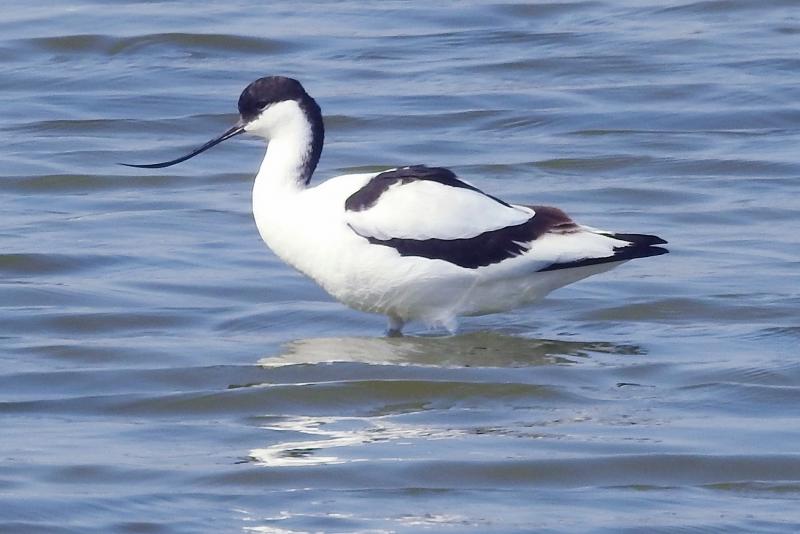
Photo: Steven Crook
Directions
The nearest bus stop is at Yantian (鹽田), a short walk from the birdwatching blind on Yongda Road (永達路). The only option here is the Red 79 to/from Gangshan South Station (南岡山站) on the Kaohsiung Metro, and there are just three or four services per day. Alternatively, hike approximately 3km from Baoning (保寧), served by five #8043 buses from Kaohsiung Main Station each day.
LINLUO WETLANDS PARK

Photo: Steven Crook
Most of Taiwan’s wetlands abut the coast. Linluo Wetlands Park (麟洛濕地公園), by contrast, is 25km from the sea in the rural heart of Pingtung County. It’s an award-winning artificial wetland, built to demonstrate how such ecosystems can purify water tainted by pesticides, factory pollutants, and household effluent.
The site covers a mere 3.4 hectares, and it won’t take you more than half an hour to walk around, unless you stop to read the very detailed (but monolingual) displays which explain how the water is cleansed and suspended solids are dealt with.
There are introductions (again, in Chinese only) of the bird, insect and fish species often seen here. Among them are the Red turtle dove and the Black-naped oriole. The former is often mistaken for a pigeon; the latter bird is an eye-catching shade of mustard yellow.
What you may assume to be betel-nut trees are in fact round-leaf fountain palms. Among the plants, there’s one you’ve likely eaten: water spinach.
The wetland is on the western side of Freeway 3, and makes for a good stop if you’re using the cycle path that runs beneath the elevated freeway.
Directions
The wetland is 2.6km northeast of Linluo Junior High School (麟洛國中), which also happens to have the nearest bus stop. Services stopping here include the #1773, #1780, #8231 and #8232, all of which can be boarded in Pingtung City. Travel time is around half an hour.
Steven Crook has been writing about travel, culture, and business in Taiwan since 1996. He is the co-author of A Culinary History of Taipei: Beyond Pork and Ponlai, and author of Taiwan: The Bradt Travel Guide, the third edition of which has just been published.

On April 26, The Lancet published a letter from two doctors at Taichung-based China Medical University Hospital (CMUH) warning that “Taiwan’s Health Care System is on the Brink of Collapse.” The authors said that “Years of policy inaction and mismanagement of resources have led to the National Health Insurance system operating under unsustainable conditions.” The pushback was immediate. Errors in the paper were quickly identified and publicized, to discredit the authors (the hospital apologized). CNA reported that CMUH said the letter described Taiwan in 2021 as having 62 nurses per 10,000 people, when the correct number was 78 nurses per 10,000

As we live longer, our risk of cognitive impairment is increasing. How can we delay the onset of symptoms? Do we have to give up every indulgence or can small changes make a difference? We asked neurologists for tips on how to keep our brains healthy for life. TAKE CARE OF YOUR HEALTH “All of the sensible things that apply to bodily health apply to brain health,” says Suzanne O’Sullivan, a consultant in neurology at the National Hospital for Neurology and Neurosurgery in London, and the author of The Age of Diagnosis. “When you’re 20, you can get away with absolute

May 5 to May 11 What started out as friction between Taiwanese students at Taichung First High School and a Japanese head cook escalated dramatically over the first two weeks of May 1927. It began on April 30 when the cook’s wife knew that lotus starch used in that night’s dinner had rat feces in it, but failed to inform staff until the meal was already prepared. The students believed that her silence was intentional, and filed a complaint. The school’s Japanese administrators sided with the cook’s family, dismissing the students as troublemakers and clamping down on their freedoms — with

As Donald Trump’s executive order in March led to the shuttering of Voice of America (VOA) — the global broadcaster whose roots date back to the fight against Nazi propaganda — he quickly attracted support from figures not used to aligning themselves with any US administration. Trump had ordered the US Agency for Global Media, the federal agency that funds VOA and other groups promoting independent journalism overseas, to be “eliminated to the maximum extent consistent with applicable law.” The decision suddenly halted programming in 49 languages to more than 425 million people. In Moscow, Margarita Simonyan, the hardline editor-in-chief of the